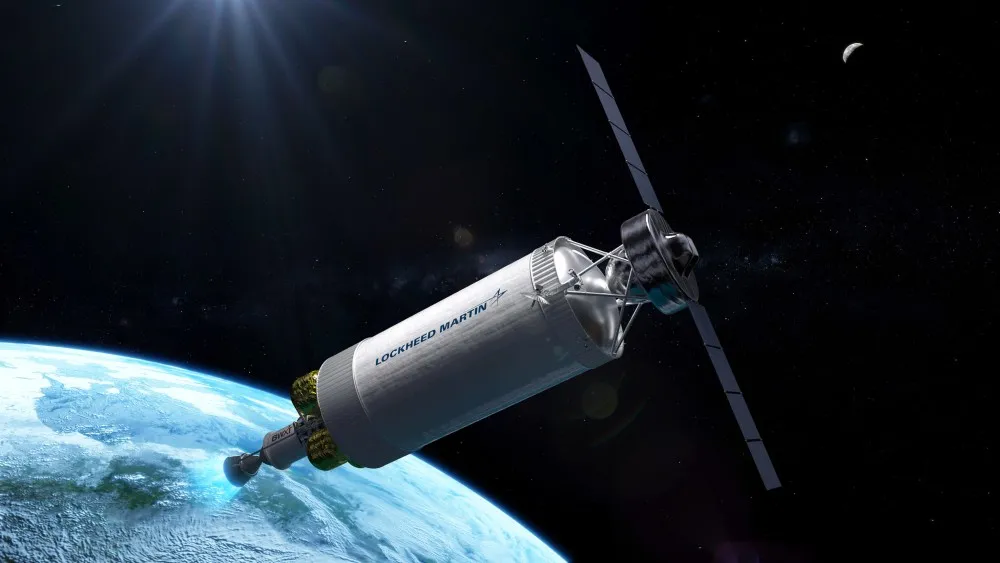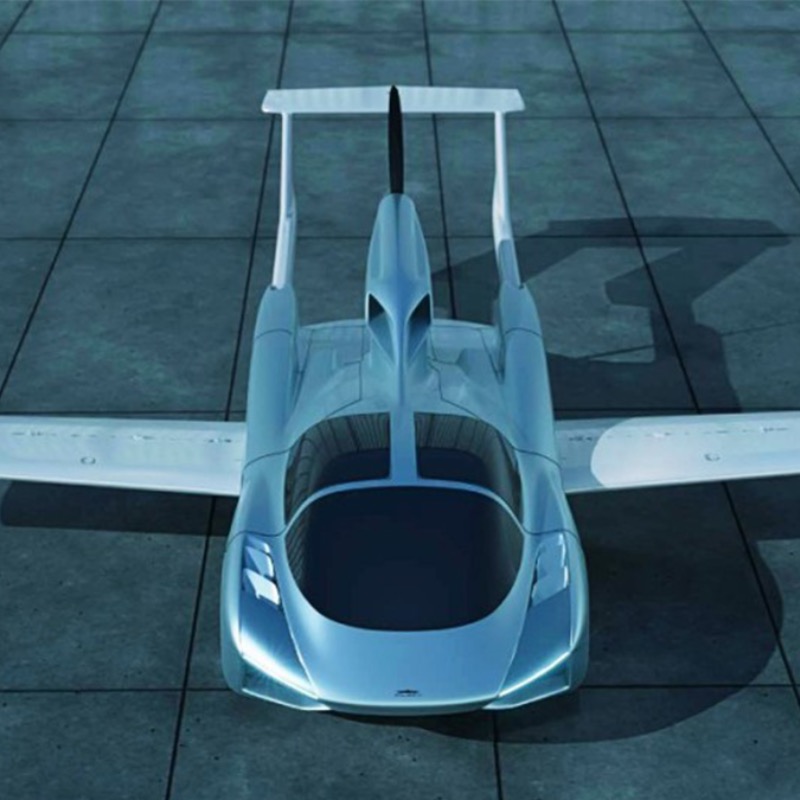Will the first spaceship to reach Mars be nuclear powered?
Aerospace firm Lockheed Martin is planning on it. The company has won a contract from the Defense Advanced Research Projects Agency (DARPA) to build and test a space vehicle with a nuclear-thermal rocket engine no later than 2027. DARPA has partnered with NASA’s Space Technology Mission Directorate on the Draco project, standing for Demonstration Rocket for Agile Cislunar Operations.
While the name is a mouthful, the new rocket will also be used for travel between Earth and the moon. Lockheed Martin said that chemical propulsion engines have long been the standard for spaceflight, but traveling to Mars will require more powerful and efficient propulsion. Nuclear thermal propulsion (NTP) engines offer thrust as high as conventional chemical propulsion but with two-to-five times higher efficiency.
“These more powerful and efficient nuclear thermal propulsion systems can provide faster transit times between destinations,” said Kirk Shireman, vice president of Lunar Exploration Campaigns at Lockheed Martin Space in a statement. “This is also a prime technology that can be used to transport humans and materials to the Moon. A safe, reusable nuclear tug spacecraft would revolutionize cislunar operations.”

The system employs a nuclear reactor to heat hydrogen propellant to very high temperatures and then funnels that gas through the engine nozzle to create thrust. The fission-based reactor will use a special high-assay low-enriched uranium, called HALEU, to convert the cryogenic hydrogen into a hot pressurized gas.
Lockheed Martin has partnered with BWX Technologies to develop the nuclear reactor and produce the fuel. “In the past several years, BWXT has been maturing its nuclear thermal propulsion fuel and design, and we are excited to further expand into space,” said Joe Miller, BWXT Advanced Technologies LLC president. The company said it will develop the reactor and fabricate the HALEU fuel at its Virginia facilities.









